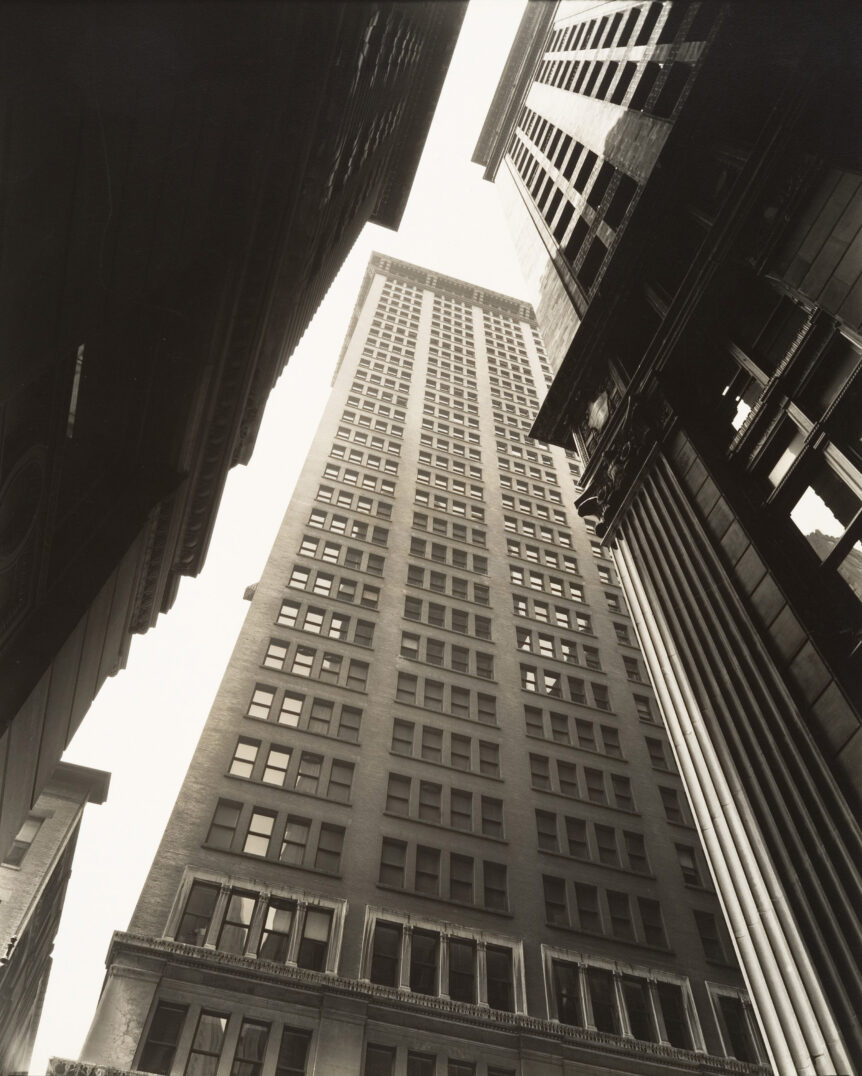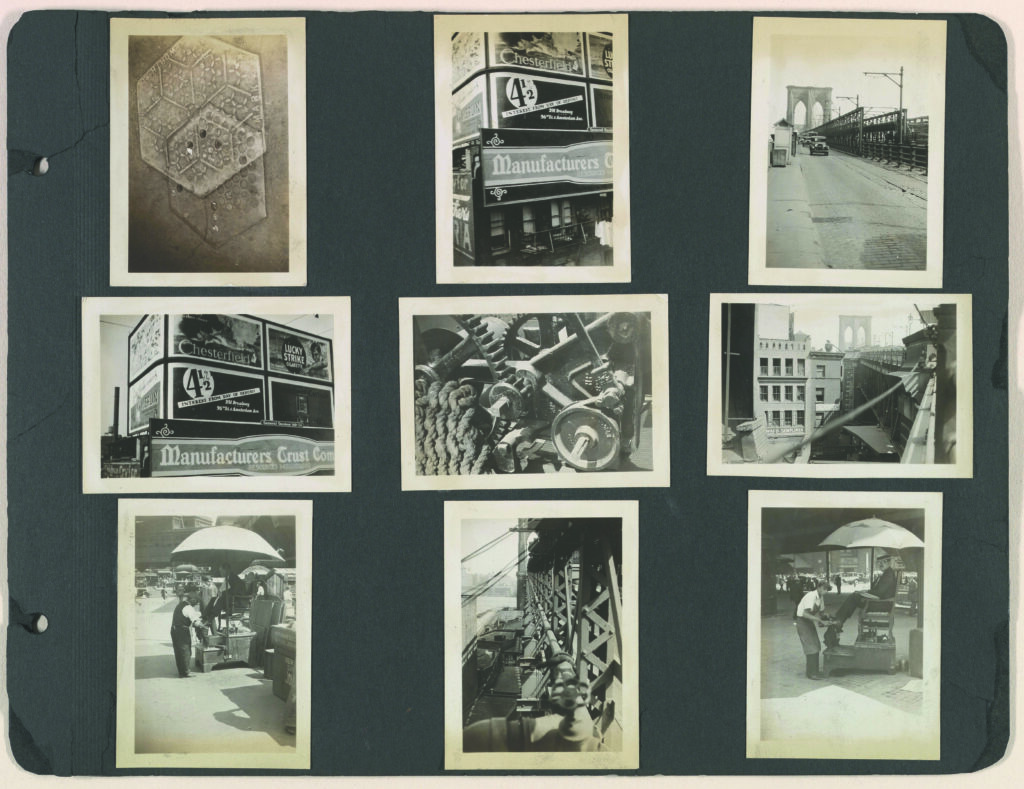
When the photographer Berenice Abbott arrived in New York on an ocean liner in early 1929 after eight years living in Paris, she was astonished by what she saw. Even in those few years, the city had changed dramatically, and more change was coming soon with massive construction ventures underway, such as those for the Chrysler Building, Rockefeller Center, and the Empire State Building.
Abbott had seen great changes in her own life in the intervening years—the chief one being that she had become a photographer. Walking around New York, she conceived an ambitious photography project that would consume her for years: to document the city in the midst of its sweeping transformation. The early days of that undertaking are the subject of a current exhibition at the Metropolitan Museum of Art: Berenice Abbott’s New York Album, 1929.
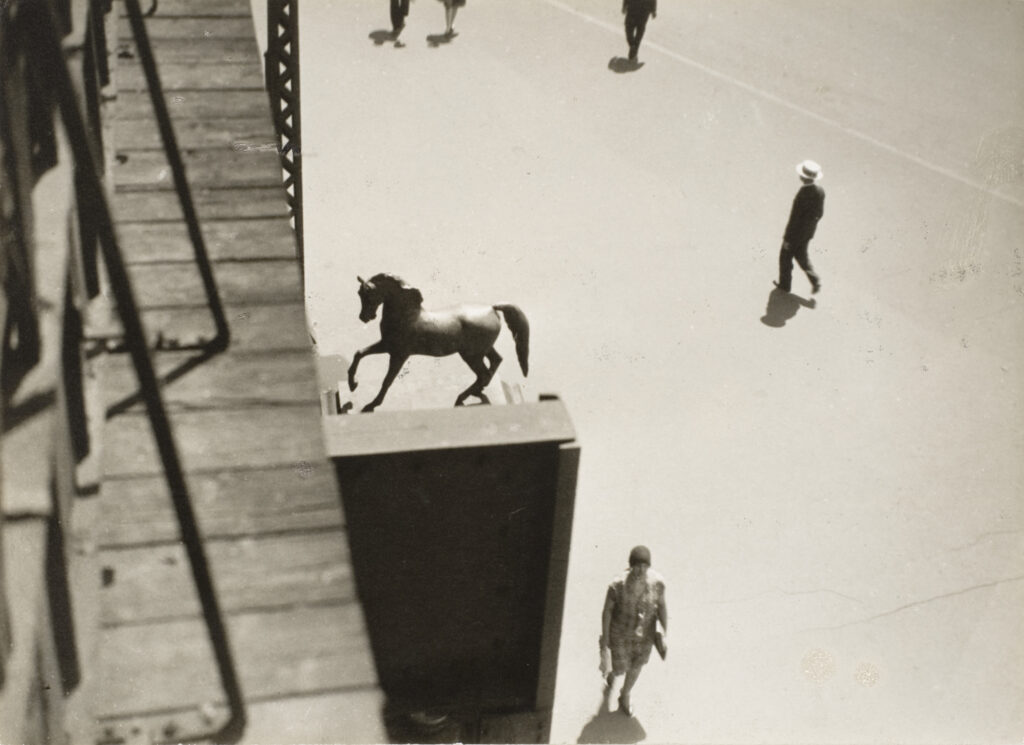
The seeds of Abbott’s endeavor were actually planted in Paris. Though she is regarded as one of the great American photographers of the twentieth century, she found her artistic path almost by accident. She wanted to be a sculptor. Abbott had moved to New York from Ohio in 1918, but when she turned her hand to sculpture she found that her work generated little interest. Fed up, she sailed to Paris to make her mark as an artist. The response was still non, merci.
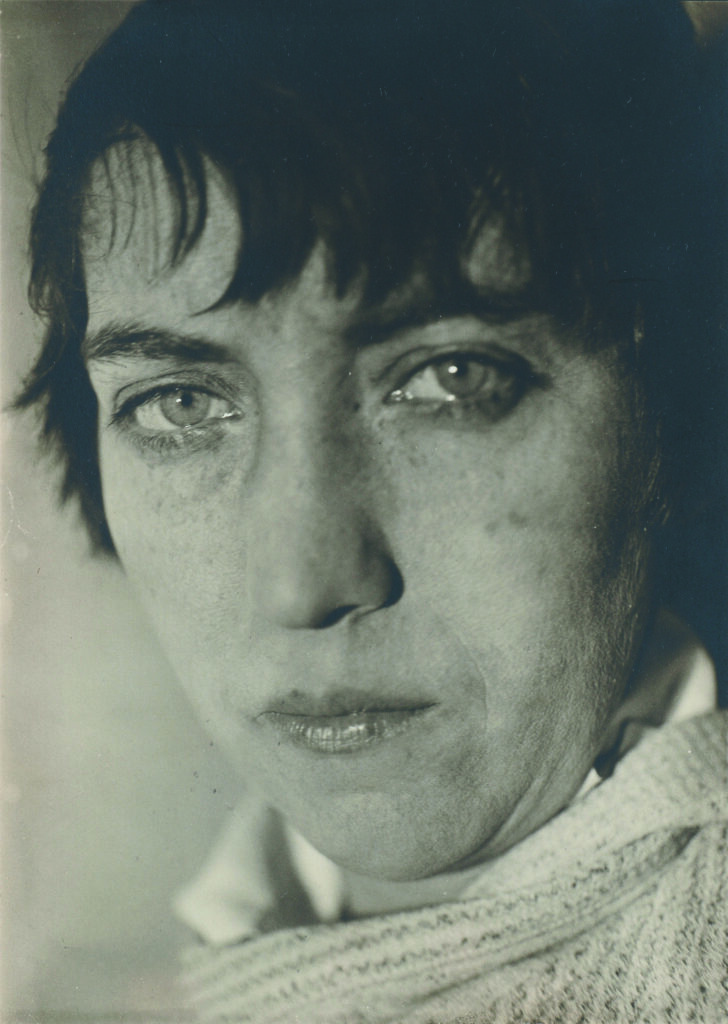
To earn a living, she began to work as a darkroom assistant to the Brooklyn-raised artist Man Ray, who had become a successful portrait photographer in Paris, an occupation that subsidized the making of his avant-garde artworks. Abbott engaged in her new job diligently and competently, and imagined that photo-processing would become her lifetime vocation. One day, Man Ray suggested she try taking pictures herself, gave her a camera to use, and showed Abbott how to operate it.
To Abbott’s own surprise, she quickly found she had a talent for photography. She soon opened her own portrait studio, and in 1926 received her first solo gallery exhibition. Around this time, she found a muse of sorts in the aged French photographer Eugène Atget. At the turn of the century, Atget had embarked on a determined effort to photograph what was left of what he called “old Paris.” Much of the medieval city had been razed in the huge urban renewal program of the latter nineteenth century led by Baron Georges-Eugène Hausmann, and Atget felt sure that more was soon to be lost. He took thousands of photos, and Abbott was captivated by his images of old buildings, empty cobbled lanes, and architectural details. She met and photographed Atget shortly before his death in 1927, and would later buy his archives. Abbott devoted much of her life to securing Atget’s fame outside of France.
Back in New York, it was Atget’s example that inspired Abbott to embark on her own endeavors to capture a city in transition. The Met exhibition amounts to an outline of that project, and offers a unique glimpse into the artistic process. The show centers on an album of photos Abbott took on excursions around the city—scouting shots or test runs for the work to be done. In the coming years, with the help of funding from the Works Progress Administration, Abbott would complete the photography that culminated in the publication of her magnum opus, the 1939 book Changing New York.
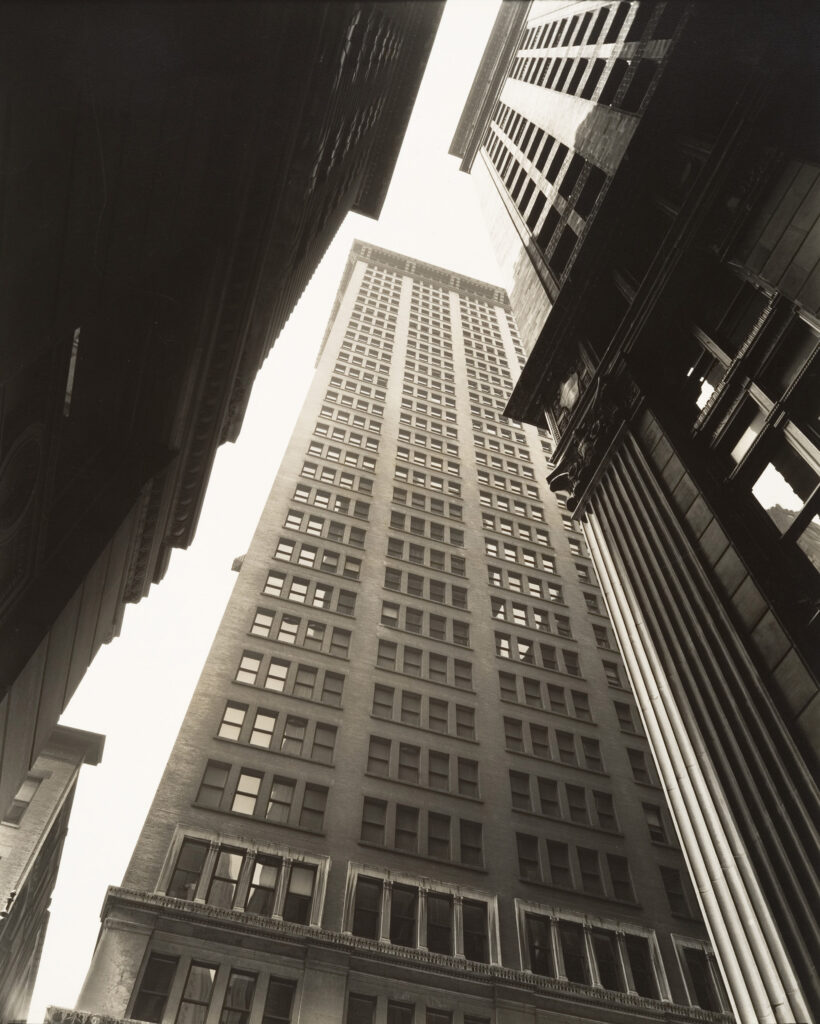
Berenice Abbott’s New York Album, 1929 • Metropolitan Museum of Art • to September 4 • metmuseum.org

